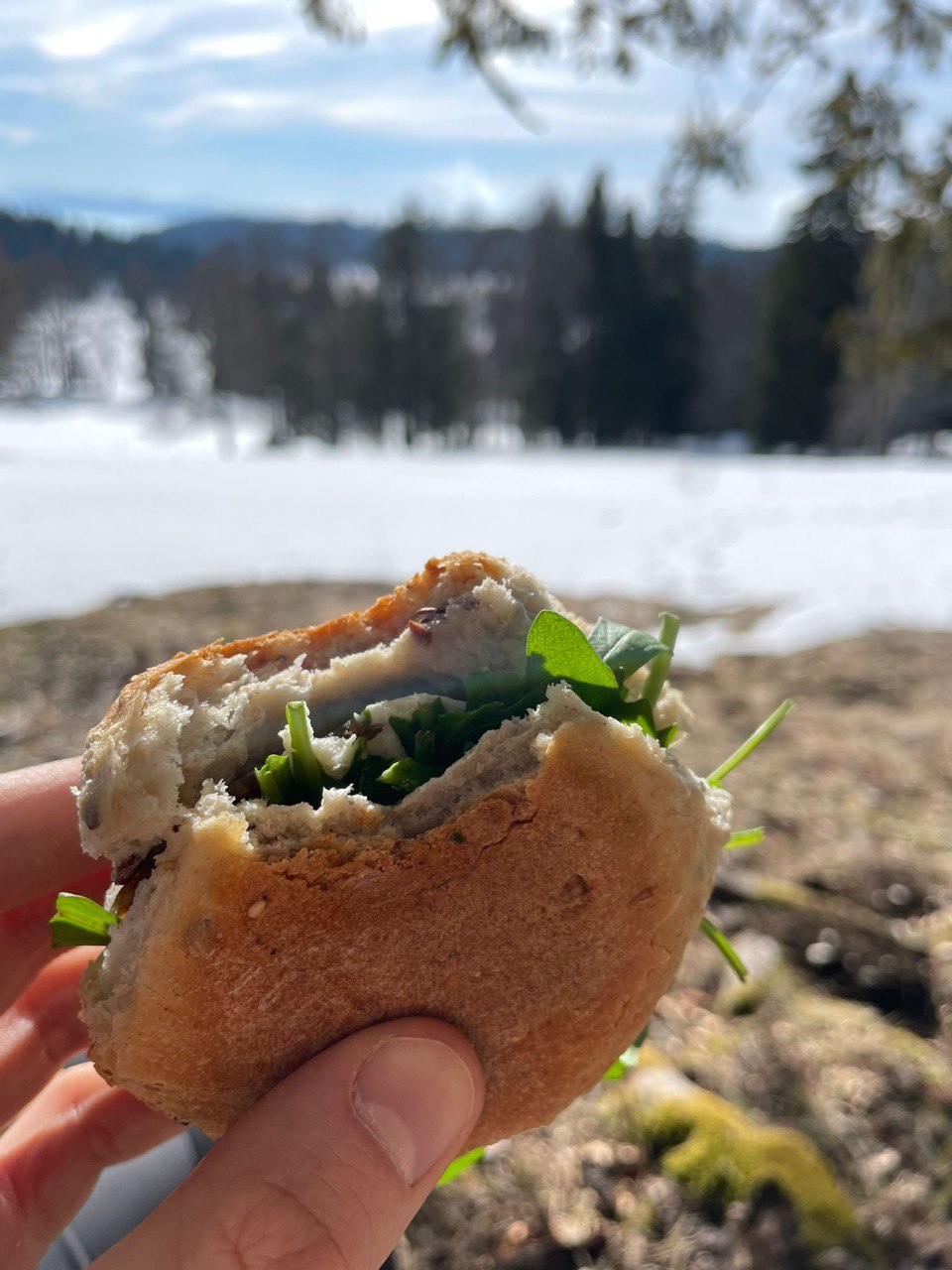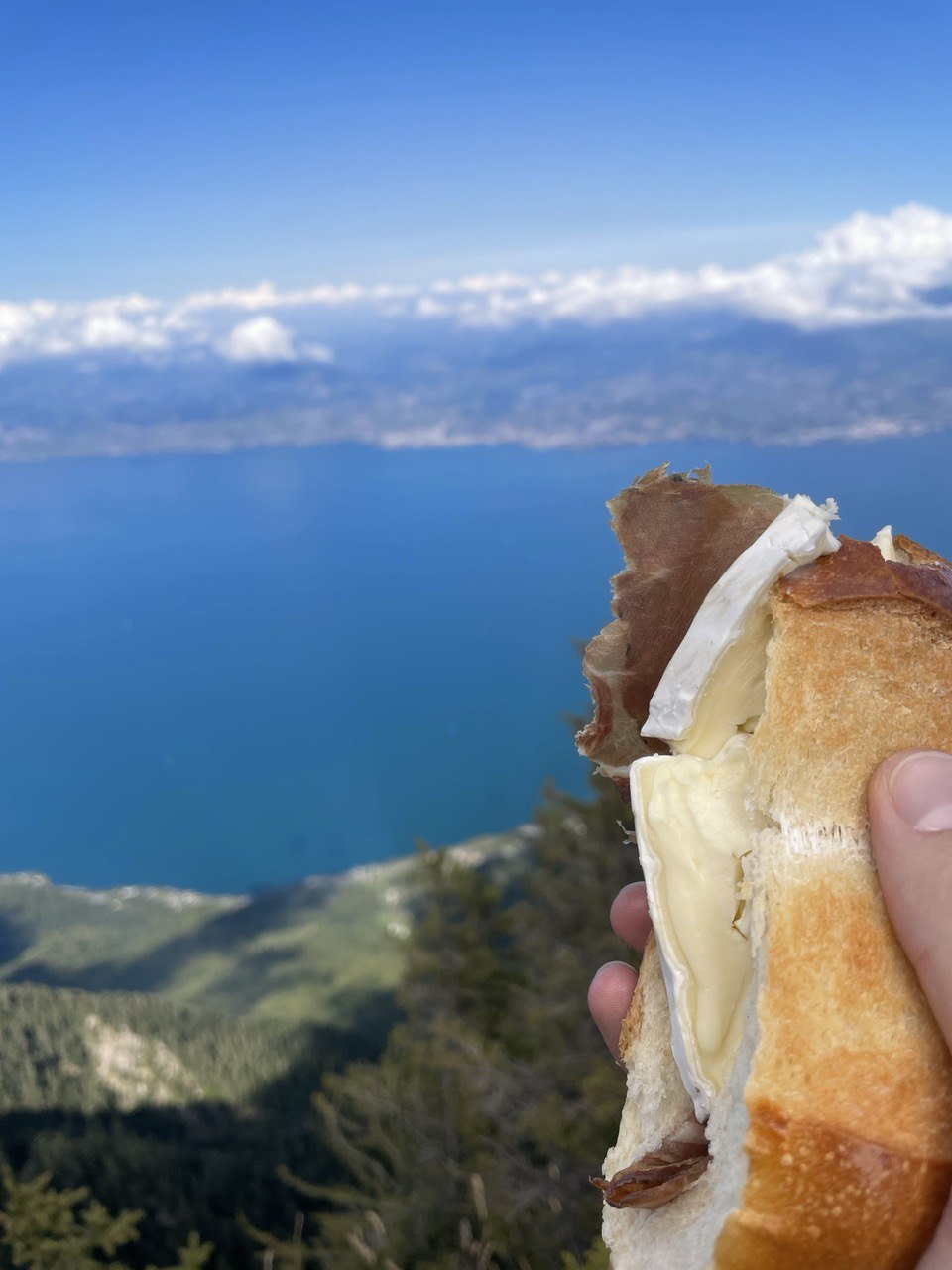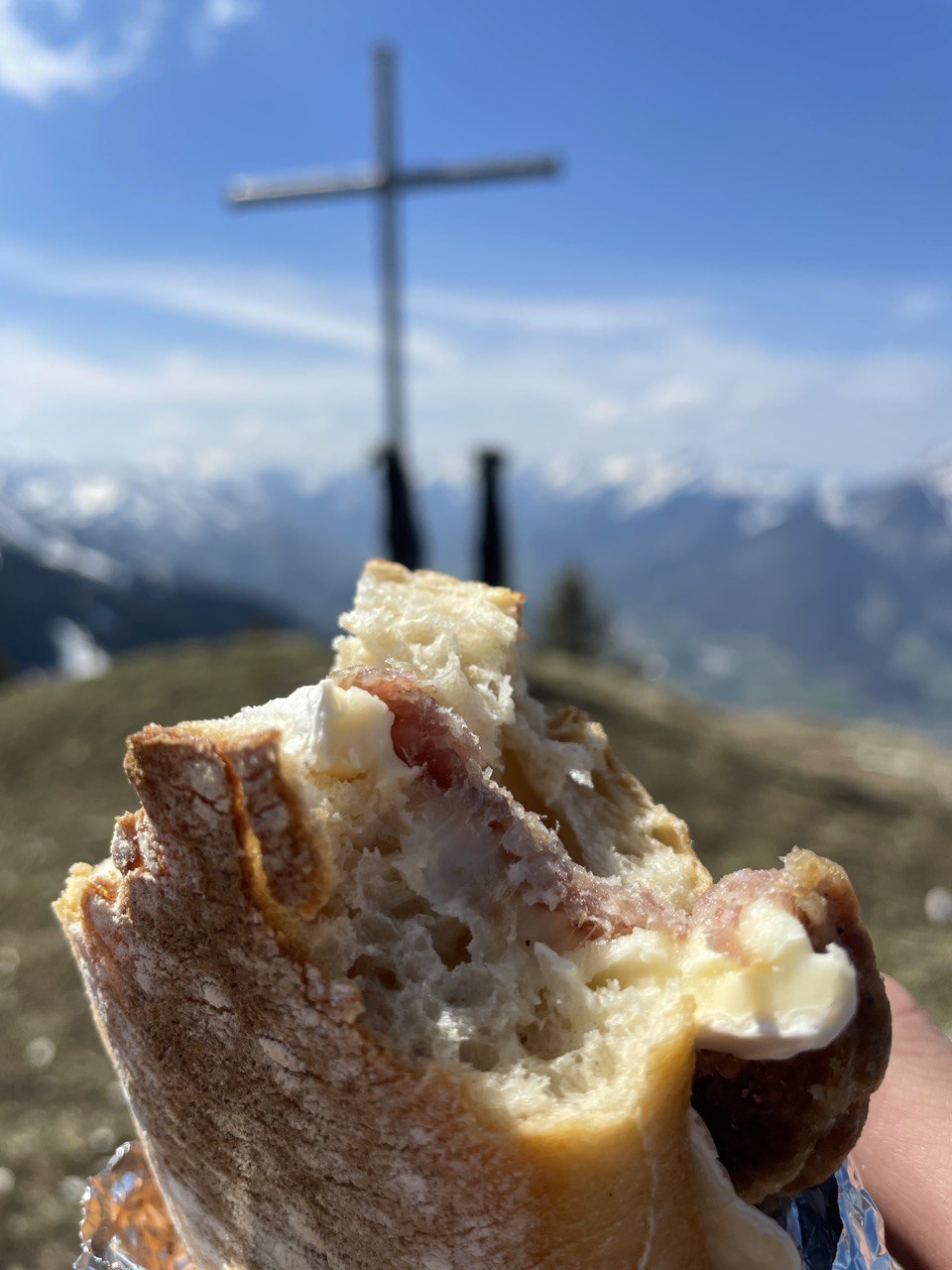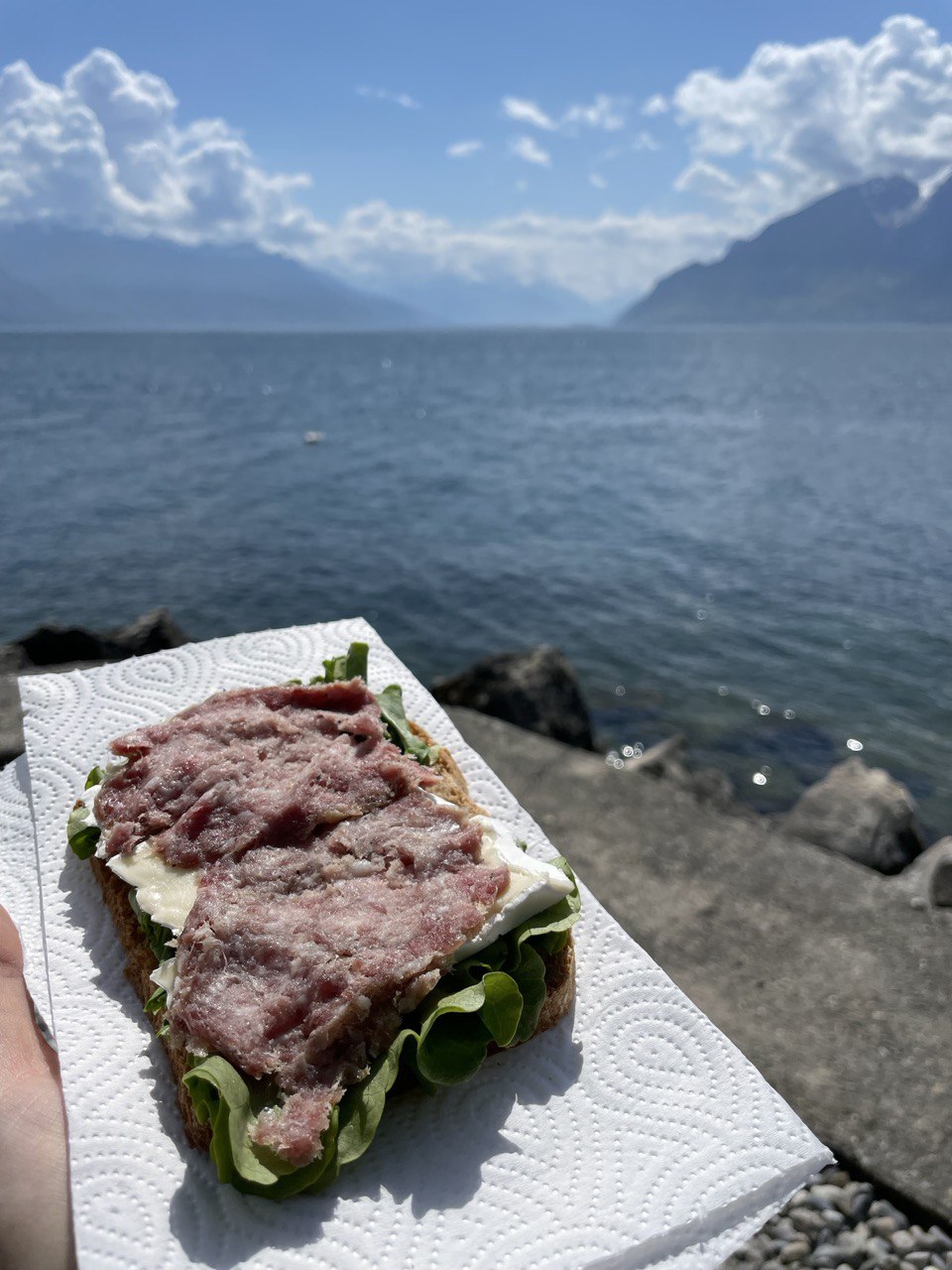my bread recipe 🍞
Sometimes I make bread at home. Each new loaf is a step toward the best values for the parameters {flour, water, salt, sugar, yeast, temperature} that maximize the reward I get by eating it. Then, I stop doing bread for weeks and I just forget the recipe.
This post serves as the place where to find my bread recipe when I will need it.
Disclaimer: This recipe makes use of a bread machine, courtesy of my former flatmate.
Ingredients for half a kilo of bread
| Ingredient | Quantity |
|---|---|
| 🌾 flour Tipo 1 | 350g |
| 💧 Water (~30°C) | 210g |
| 🍬 Sugar | 12g |
| 🫒 Oil | 10g |
| 🧂 Salt | 6g |
| ⏫ Fresh yeast | 6g |


Flour: which kind?
Unfortunately, each country has its particular way of classifying flour types, from the more scientific to the more qualitative ones. Below is the best conversion table I could put together by scraping the web, hope this can be useful to you fellow expat!


For making bread, I use farina di tipo 1, #3 in the conversion table.
Yeast and water temperature 🚰
Yeast feeds on sugar and produces \(CO_2\) bubbles which make the loaf inflate. This process is called fermentation, analogous to the one used to make alcoholic beverages (ethanol is produced here as well).
We would like the yeast to produce enough carbon dioxide so that our bread builds a nice bubbly structure, which is then solidified by heat. However, too much \(CO_2\) before the bread is baked and the dough will yield, make the \(CO_2\) escape and deflate/collapse.
We have three ways of controlling the fermentation process:
- Temperature (essentially water temperature);
- Amount of sugar;
- Amount of salt.
Increasing temperature (up to ~35°C1) accelerates the fermentation, similar to adding small amounts of sugar for the yeast to feed onto. Adding salt or too much sugar, however, will increase the osmotic pressure and negatively impact yeast viability.
Now that we understand a bit more of the process behind rising bread, we understand that there are probably many optima in the space of these three parameters that allow for a loaf of good bread.
For the quantity of sugar and salt indicated above, I find that to obtain a nice bubbly loaf, the water temperature needs to be higher than room temperature, but not too hot. This is around 30°C or 86°F, warm at the touch. 🌡️
Method




- Add some of the total amounts of water in a cup together with the yeast and mix until it melts.
- Add everything else to the bread machine container, paying attention to keeping the salt on the opposite side w.r.t. the sugar.
- Add the melted yeast to the sugar side.
- Start the machine. For 500g of bread, I use a 2h55m program, medium crust.
- Pay attention for a few minutes that all the flour is being incorporated into the dough. Otherwise, help it with a spoon. The container should be clean and all the ingredients should form a unique solid dough.
- After five to ten minutes, the dough should be hydrated enough that sticks to the container, yet keeps a round shape.
- If it is not round, add some flour;
- If it’s not sticky, add some water.
- Be Patient 🕐🕝🕓, your job is almost done!
- When the program is finished, get the bread out 🍞.

- Remove the metal thing from the bread.
- Make a nicely stuffed panino! 😋
Note: even if the bread loses its freshness in a couple of days, it’s still great for toasted sandwiches 🥪 for a week or so!
I leave you with some panini pictures from the tops of the Swiss Alps 🇨🇭⛰️!





-
Struyf, N., Van der Maelen, E., Hemdane, S., Verspreet, J., Verstrepen, K.J. and Courtin, C.M. (2017), Bread Dough and Baker’s Yeast: An Uplifting Synergy. Comprehensive Reviews in Food Science and Food Safety, 16: 850-867. https://doi.org/10.1111/1541-4337.12282 ↩